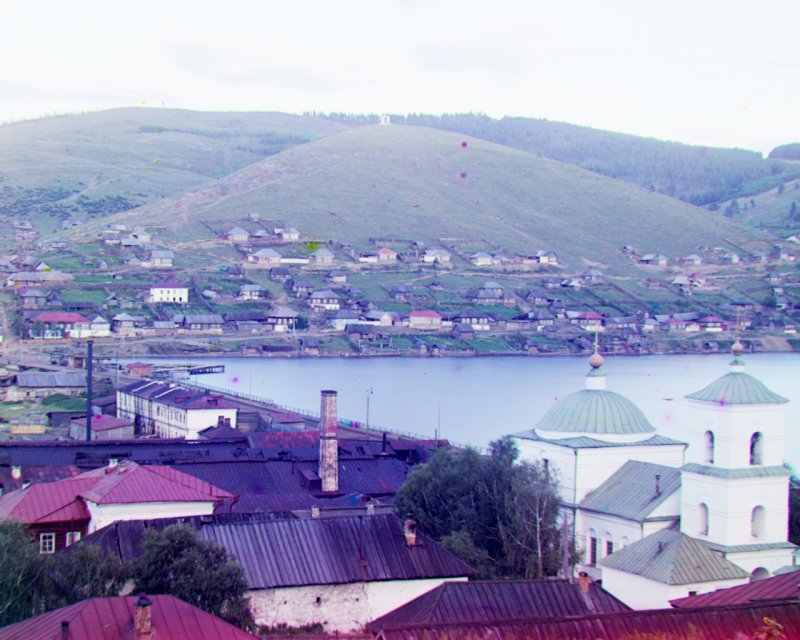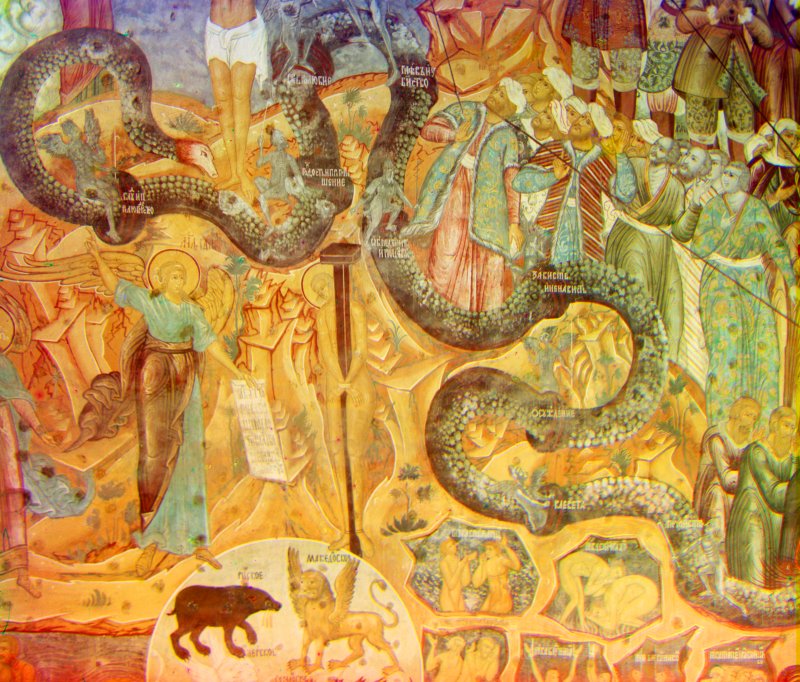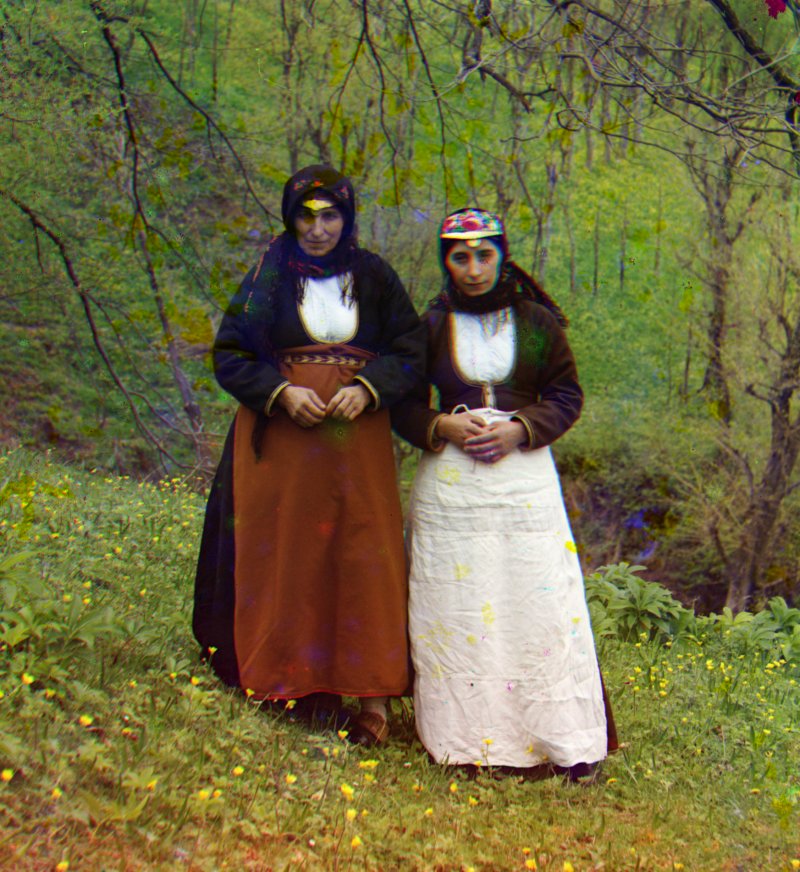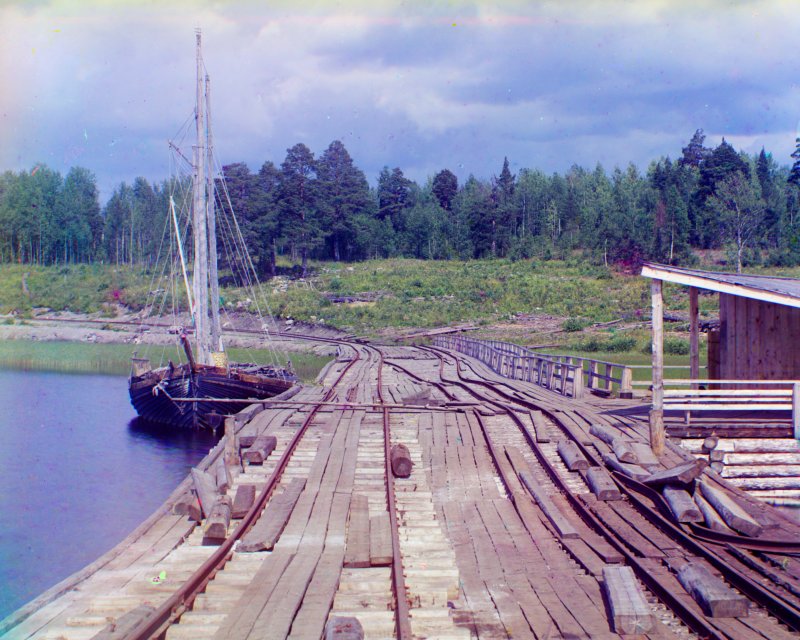(read part one here)
I thought I’d better get around to finishing this post off, because the Tower Of London ravens are in the news again. Now that bird flu has started to make its way into Western Europe, the Ravenmaster is getting ready to move his birds into the top-quality indoor aviary mentioned previously, and the story is making its way into all the papers.* We can’t have the ravens dying on us; the fate of the country isn’t at stake.
Except, though, that the idea that the fate of the nation depends on the Tower’s ravens is all a big misunderstanding. The myth isn’t about living ravens at all. The real myth is that the fate of the nation depends on the raven god staying at the Tower. Furthermore, according to some, he already left.
The closest we have to the original superstition is in medieval Welsh myth. In Branwen, Daughter of Llyr, part of the Mabinogion, the hero Bran – “Raven” – is mortally wounded in a battle with the Irish. He tells his companions to cut off his head, and bury it on Tower Hill. The head stays alive for 87 years, but eventually the spell is broken, and they do as they were told:
[The followers of Bran] could not rest but journeyed forth with the head towards London. And they
buried the head in the White Mount, and when it was buried, this was the third goodly concealment; and
it was the third ill-fated disclosure when it was disinterred, insamuch as no invasion from across the
sea came to this island while the head was in that concealment.**
The Iron Age people of Western Europe were big on heads and head cults. Stone heads have been found buried at various archaeological sites, and this passage is the best evidence we have as to why they were buried: they were protective talismans. Clearly, the writers of the Mabinogion believed in their power, too. They have to explain why the Welsh lost control of south-eastern Britain, when the raven god’s head was protecting them from invasion. Answer: the English only managed to invade after the head was removed. The blame for this is placed on King Arthur, who, not being superstitious himself, deliberately dug the head up in the hope of making his armies try harder. It worked, whilst Arthur himself was around; but after his death, Britain fell to the English.***
So, in short, the Tower Ravens might be a twisted survival of an ancient Welsh myth. The modern version of the story doesn’t appear in print, though, until the late 19th century, well after the Celtic Revival, and well after the Mabinogion had been published in English. Furthermore, the original story is that the promised fall of the nation has already happened; and England is the country that replaced it. If the Tower’s ravens do all leave one day, we English don’t have much to worry about; we are the people they were meant to be protecting the country from in the first place.
* and a lot of people are searching the web and coming here for more information.
** From the Charlotte Guest translation of the Mabinogion available from Project Gutenberg.
*** This part of the story isn’t in the Mabinogion; I’m taking it from Mythology Of The British Isles by Geoffrey Ashe. It’s mentioned in at least one set of Welsh Triads.
Keyword noise: archaeology, castles, Iron Age, King Arthur, London, Mabinogion, mythology, raven god, ravens, Tower Of London, Welsh myth.

 Home
Home




